I haven’t shopped at Zara in four months. Nor H&M, nor Mango, nor any other ubiquitous fast fashion retail chain. It might not sound like much, but for me it’s a marked difference. You might say I’m on a detox, and while it’s early days, I plan to make it a lasting one.
So what changed? I finally got around to watching The True Cost, a documentary that explores the impact of fast fashion. It’s an impact that’s happening on several levels — from individual factory workers to the communities they live in to the planet at large — and, spoiler alert, it is catastrophic.
But you might be wondering: is fast fashion really that bad? And does renouncing it mean succumbing to a dated wardrobe devoid of style?
Yes it is, and no it doesn’t, but more on that later.
Where your clothing comes from.
It’s the easiest thing in the world to buy something and not wonder where it came from. But we need to wonder more. That little floral dress didn’t just appear out of nowhere. Every piece of clothing that’s produced uses water, energy, chemicals, and other resources.
Think about this for a second: producing one pair of denim jeans uses over 900 gallons of water.(1) To give that figure some perspective, you probably use about 100 gallons on average per day (2) including showering, washing dishes, flushing toilets, etc. For all the water you would use in nine days, only ONE pair of jeans get made.
On top of that, clean water is taken, polluted in the manufacturing process, then pumped back into the rivers and oceans. This happens by the billions of tons, a number most of us can’t even comprehend (which sadly makes it easy to disconnect from). The same can be said of the huge emissions of CO2, greenhouse gases, toxic chemicals and pesticides. If facts and figures in the billions of tons are too unfathomable to leave an impression on you, just know that these byproducts are having a very real impact — from entire villages in India being plagued with skin diseases or sky-high rates of birth defects, to the loss of marine life in China’s largest (now heavily-polluted) freshwater lake. (3)
I could go on, but that’s not what this article is for. I’d highly recommend watching The True Cost or reading more online about the many, many negative impacts of fast fashion. Instead let’s touch on the problem from our end, and then talk about what we can do about it.
The throw-away mentality.
The ability to create clothing quickly and cheaply has changed the way we shop. Trends move quicker than ever, and to keep up with them we choose to spend less and buy more, throwing away what’s already outdated and worn out after just a few wears.
This mentality of wanting ever-new things for ever-cheaper prices feeds the vicious cycle as retailers produce more items, faster and cheaper, to satisfy the demand. And because we see fashion as disposable, that’s what it’s become: around 85 percent of fashion items consumed in the US end up as landfill (4). Changing this mindset is one of the first steps to solving the fast fashion problem.
How to detox from fast fashion and save the planet in style.
Detoxing from fast fashion is hard. It’s harder than I thought it would be when I tearfully put down my foot and proclaimed I would never shop at an unethical retailer again. Easy as that, I thought.
But… gym clothes! Cheap multi-packs of socks! Having a special occasion to go to and really needing a dress in a hurry!
These are situations that arise, and while finding an alternative to the tried and tested high street retailer can be hard, it is doable.
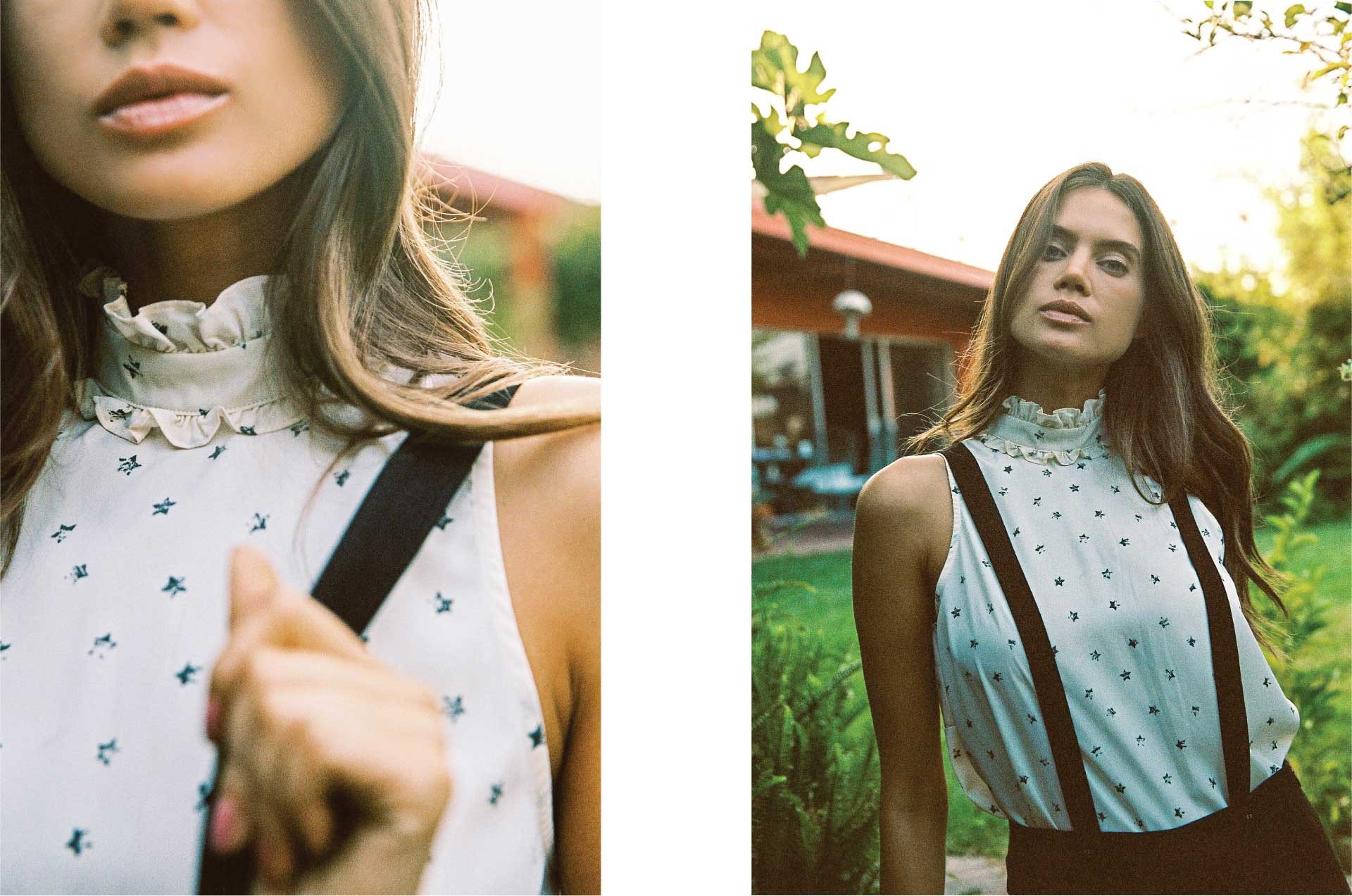
Above: From ethical label YSTR Clothing.
Tip 1: Buy mindfully.
Buying less is a good place to start. Even if you don’t quit fast fashion entirely, be more considered in the pieces you do buy and think about whether you really need them or not. Shopping smarter means less clothing will end up as landfill.
Tip 2: Buy versatile pieces.
To make your purchases last longer, avoid the more fleeting trends and choose quality, versatile pieces. As April Liang, co-founder of ethical label YSTR Clothing told us in an interview, “It is more effective in the long run to purchase one beautiful transeasonal piece that can be styled multiple ways that lasts, rather than wearing a super trendy item for one night that rips after a few wears.”
How does this fact go hand in hand with the brand’s no-waste philosophy? Designer Nico explains: “Every piece makes sense and is dreamed up with a purpose. They are diverse, which naturally means that they can be effortlessly styled with different items and accessories to create looks that fit your fancy, or even just for different occasions.”
Tip 3: Discover ethical brands.
And on that note, brands like YSTR are well-worth getting to know. Not only are they committed to long-term change within the industry, but they’ve also well and truly smashed through the stereotype that ethical clothing and killer style can’t co-exist. Even if they weren’t zero-waste, YSTR’s pieces are ones you’d want in your wardrobe.
Labels driven by ethics are becoming more numerous and more accessible to consumers, which is a great sign. By discovering and shopping at such brands you’re not only supporting them to keep them alive, you’re sending a message to the industry that this is what consumers want. This, in time, can create a shift, as major retailers will see the demand and have to change their practices to meet it. You may have already noticed “sustainable” capsule collections launched by the likes of Mango and H&M, and this is exactly what we need more of.
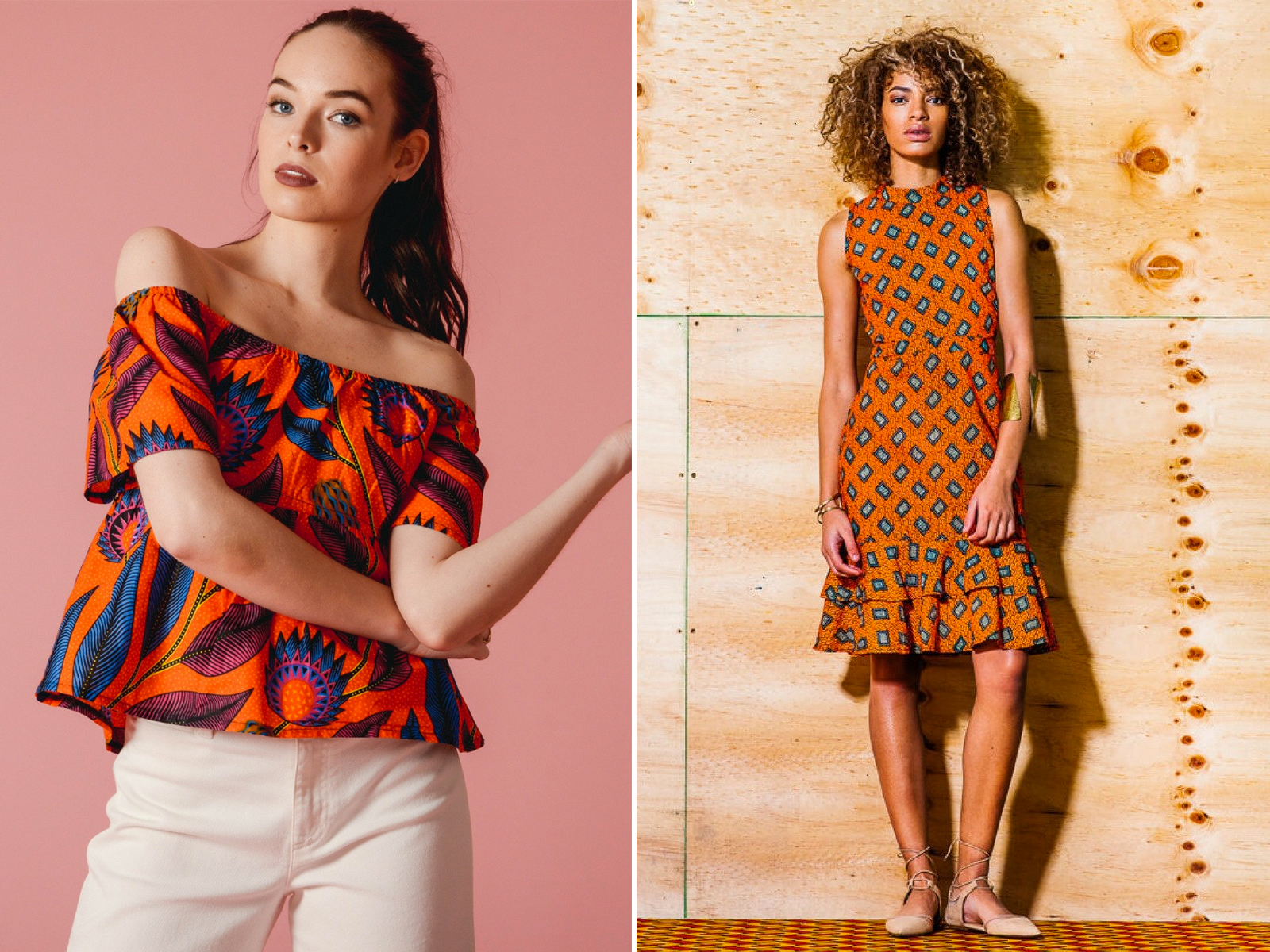
Above: Designs by ethical fashion label Mayamiko.
Tip 4: Don’t succumb to FOMO.
So you walk past Zara and that embroidered denim dress in the window is just so cute your feet start pulling you against your will. The thought of passing it up turns your face into a living representation of that distraught-face emoji. ? In such moments, remember this: that feeling will pass. And besides, do you really want to be wearing the exact same thing as everyone else when instead you could choose a totally unique piece everyone else will be jealous of because they’ve never seen it before?
Tip 5: Shop second hand.
Obviously this is a winning solution. You’re reusing and recycling and saving some clothes from going to landfill. Vintage or retro stores are a great option, as are charity shops and flea markets. Again, you’ll get unique, interesting pieces, often at bargain prices, and you’ll be doing the planet a favour.
Tip 6: Shop online.
The web gives small, independent designers and artists a platform to sell their wares. Sites like Etsy have hordes of second-hand goods as well as hand-crafted products from local designers. Prime example: I wanted to buy a new rug for my apartment. Instead of heading to H&M Home I hit up Etsy and found one that was gorgeous, affordable, and hand-woven on a traditional loom in the north of Portugal. This idea is also exactly what Rogue Bazaar is all about: partnering with artists we love to create small runs of unique, artistic treasures.
Tip 7: There’s an app for that.
Conscious consumers are growing in number and, as a result, are starting to be supplied with the tools we need to shop more ethically and sustainably.
Good On You is an app that rates over 1,000 fashion brands based on factors like animal cruelty, environmental impact and labor rights. The Avoid Plugin helps you avoid buying goods online from manufacturers that are associated with child labor. The Good Guide meanwhile has an app that rates over 75,000 products including personal care, food and household items, checking for harmful ingredients and levels of social responsibility.
Once you’re armed with the right mindset, the right knowledge, and the right tools, becoming a more conscious shopper isn’t that difficult. The best part is, you can even do it without sacrificing your killer sense of style.
Feature photo via Pexels.com.








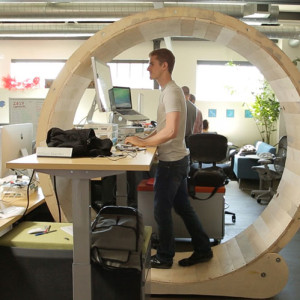
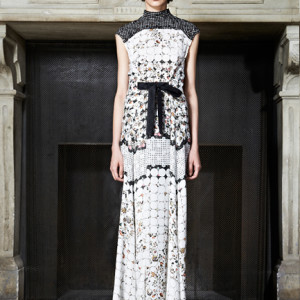
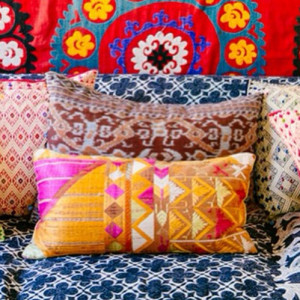
Leave a reply